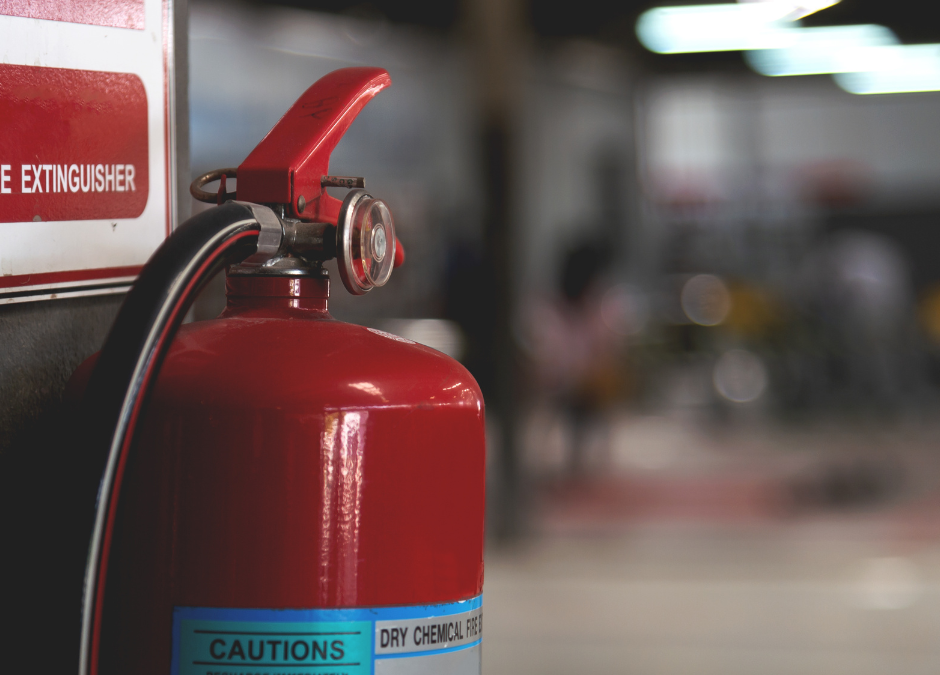Fire safety education is a cornerstone of protecting lives and fostering safer communities. Schools, senior centers, and community programs play pivotal roles in teaching individuals how to prevent fires and respond effectively during emergencies. By equipping people of all ages with the knowledge and tools to act decisively, we build a culture of preparedness and resilience.
Starting Young: Building Lifelong Habits
Fire safety education often begins in schools, where children are taught foundational skills such as recognizing fire hazards, understanding the importance of smoke alarms, and knowing how to escape safely. These lessons are introduced through fire drills, interactive activities, and engaging demonstrations, ensuring young learners retain critical safety habits for life.
For instance, in fire drills, students and staff practice evacuating calmly and efficiently, reinforcing the importance of preparation. Observing a well-executed school evacuation—where every participant is accounted for—underscores the value of early education in creating a unified, prepared community. These lessons not only protect children during their school years but also empower them to take safety awareness into their homes and future workplaces.
Tailoring Fire Safety Education for Seniors
Fire safety for older adults requires a unique approach, addressing challenges such as reduced mobility or sensory impairments. Tailored programs for seniors often include practical demonstrations of fire extinguishers, fire blankets, and evacuation techniques, ensuring they feel confident in responding to emergencies.
One impactful example involved a senior resident who quickly extinguished a stovetop fire thanks to prior training. Their swift, informed actions prevented a potentially catastrophic situation. Programs that teach seniors to recognize hazards, use safety equipment, and develop evacuation plans can be lifesaving, particularly for this vulnerable population.
Strengthening Families and Communities
Fire safety education extends beyond individuals, fostering stronger families and communities. When families practice fire drills together and establish meeting points, they build trust and ensure every member, regardless of age, is prepared. These shared experiences not only enhance readiness but also strengthen family bonds.
Community-wide initiatives, such as fire safety workshops and outreach events, further amplify these efforts. Programs tailored for daycares, senior centers, and workplaces create a ripple effect, spreading awareness and preparedness across all demographics.
Building a Culture of Preparedness
The benefits of fire safety education go far beyond reducing risks. They empower individuals, promote collaboration, and reinforce the shared responsibility of keeping communities safe. By investing in comprehensive education programs, municipalities can save lives, reduce property damage, and create a resilient culture that spans generations.
As we continue to prioritize fire safety education, let’s remember the profound impact it has on individuals, families, and entire communities. From young children learning to “stop, drop, and roll” to seniors confidently managing fire hazards, these lessons form the foundation of a safer, more connected society.

